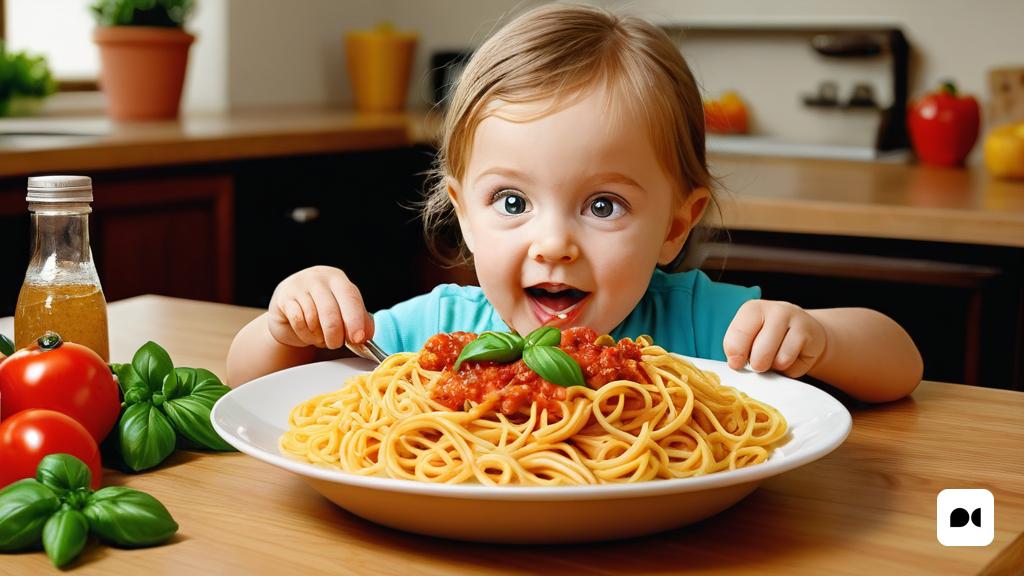The Fascination of Pasta in Children
If there is a dish that sparks joy in the little ones in the home, without a doubt, it is pasta. He even manages to calm the crying of a child. Who has not heard the classic phrase of a father or mother saying “if you behave well, today we will have pasta for dinner”, and it works. For children, pasta is synonymous with something delicious and fun, regardless of whether it is bolognese or with cheese; The important thing for them is that it is pasta. Despite being one of the favorite dishes of children, it is extremely beneficial for their nutrition and, according to experts, it should be part of a balanced diet.
Pasta and its Benefits for Children
Children require energy, so, thanks to its carbohydrates, pasta is ideal for this reason, while being very nutritious. In addition, it is excellent for strengthening the nervous system due to the B complex vitamins it contains. It also provides type E vitamins, which influence the health of the arteries and the nutrition of the skin. The pasta is rich in fiber and low in fat. Nowadays, it is common for children to consume unhealthy and empty foods, such as industrial pastries or other products that, in addition to extra fat, contain cholesterol.
Eating a plate of pasta is something that children always love, and if it is accompanied with the right ingredients, it will favor the digestive system, control cholesterol levels and satisfy them in a healthy way. By consuming this food, children will be able to face their activities with the energy necessary to play, study or carry out any other activity. Furthermore, these are complex carbohydrates, that is, not sugars, but starch.
An Unknown Scientific Reason
Because it is a food with a very small granulometry and is easy to chew, it favors the child’s transition to solid foods. For babies 6 to 8 months old, it is recommended to include pasta in the porridge, which should have a thick consistency, or opt for small soup-type noodles or even angel hair. From 9 to 12 months, it is advisable to offer them small soup noodles.
Finally, less known scientific evidence is that a child’s stomach is smaller and, despite their young age, they are able to listen to their body and stop when they are full. For this reason, they always want to consume foods that provide them with the energy they need, and they obtain it from pasta, a dish that allows them to recognize when they should stop eating, unlike what could happen, for example, with vegetables, a dish with which they do not develop this skill.

